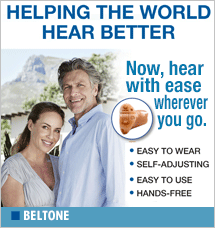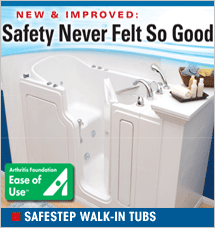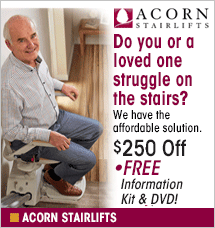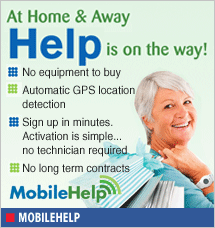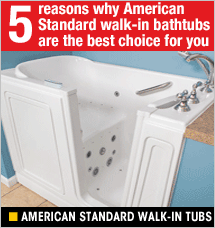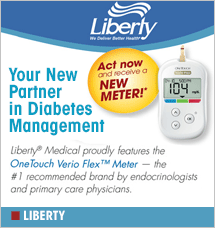
 Nearly every major auto manufacturer and many of their suppliers are developing autonomous vehicles, that is cars that drive themselves. Like so many other technologies, autonomous vehicle technologies and hardware could be used for other applications. For instance, it could assist the blind and visually impaired get around. Of course, self-driving cars themselves would accomplish this for longer trips. However, Toyota believes the technology and hardware could also be used when the person is walking.
Nearly every major auto manufacturer and many of their suppliers are developing autonomous vehicles, that is cars that drive themselves. Like so many other technologies, autonomous vehicle technologies and hardware could be used for other applications. For instance, it could assist the blind and visually impaired get around. Of course, self-driving cars themselves would accomplish this for longer trips. However, Toyota believes the technology and hardware could also be used when the person is walking.
Toyota's Project Blaid is developing a device that looks a bit like a small toilet seat that is worn around the neck. Like autonomous vehicles, the Blaid device contains embedded cameras to detect and recognize its surroundings and common indoor features, such as restrooms, signs, escalators, stairs and doors. Since the Braid users can't see, visual displays are not usable like those in vehicles, so images have to be converted to audio and vibration cues. Incidentally, both audio warnings and vibration, like vibrating steering wheels, are already found in vehicles. Users could request the location of specific features using buttons on the device or via voice control.
A Blaid device would augment, not replace, canes, guide dogs and basic GPS devices now used to provide more information about surroundings. Toyota plans to start testing the Blaid in the near future. It also plans to expand the device to include mapping, object identification and facial recognition capabilities.
Unlike the prototype of systems to aid the sight-impaired developed by Microsoft and the Royal Society for Blind People in Britain a couple of years ago, Toyota's Blaid would be completely self-contained. The Microsoft system used GPS, annotated maps and a compressive network of wireless beacons; the latter required a substantial investment to install the infrastructure. The British system likewise used beacons to help blind or visually impaired people navigate London's subway system. Both systems relayed guidance via headsets featuring bone-conducting audio so sound is conducted through the jawbone directly into the inner ear. Thus, wearers can still hear what's going on around them.
Speaking of face recognition for the blind, students at Birmingham City University in Britain are developing Xplor, a "smart" cane that help the visually impaired easily identify family and friends at up to 33 feet away. It compares images against images stored on an SD card using a smartphone's face recognition app as well as GPS and Bluetooth apps. If the Xplor recognizes someone, it sends a vibrating signal to the person and guides them via an ear piece.
Finally, researchers at the University of Nevada, Reno and University of Arkansas, Little Rock are aimed at the at the development of a robotic lightweight, form-fitting device that attaches to the hand that enables the visually impaired to "see" what they are reaching for. It will be simpler and less obtrusive than a glove, while containing sensors, high-resolution cameras and miniaturized microphones to sense items around it. The item's location, size and shape is then relayed to the user via touch and audio feedback systems.



















